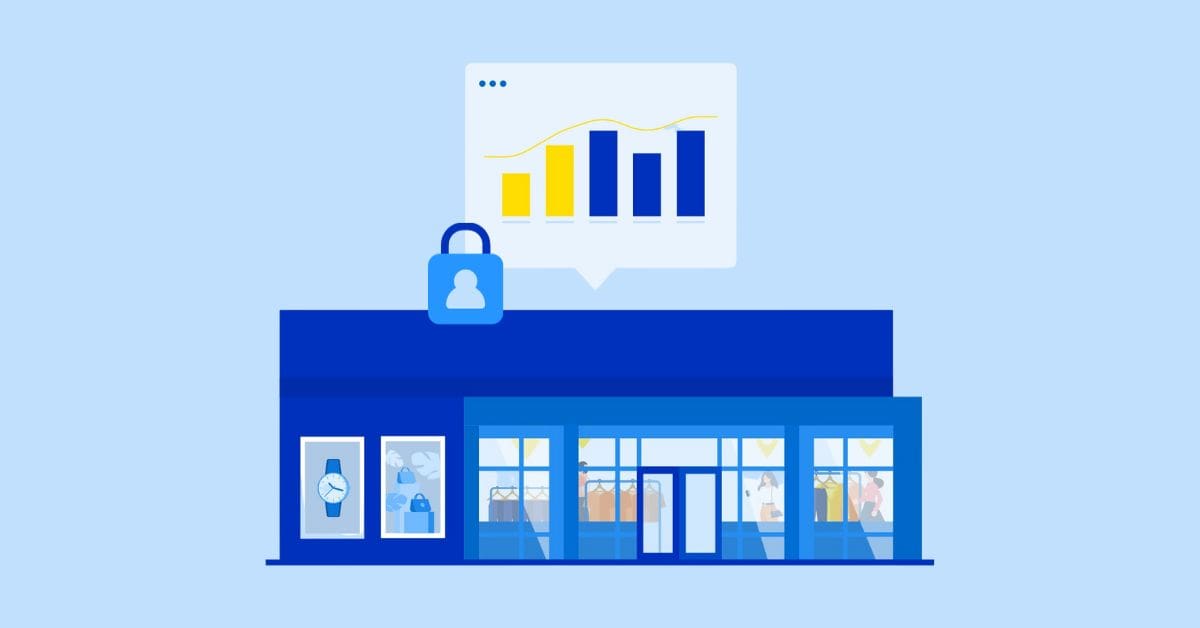Challenges and Considerations When Using Visitation Data
October 10, 2023

Physical stores are far from disappearing. In 2022, store openings in the United States were twice as numerous as closures. Even digital-native brands are doubling down on their brick-and-mortar strategy to enhance customer experience and brand interaction.
However, financial risks persist, and decisions regarding store locations must be made with utmost confidence. Among the various types of data for site analysis, visitation data is crucial if retailers aim to thrive and outshine the competition.
Despite its undeniable utility, businesses must be cautious of the variable quality of this data. Everything hinges on the choice of data sources, compliance, and how the data is processed and aggregated.
Working with visitation data poses a challenge not only in selecting the provider but also in interpreting the data.
The creation of visitation data
Visitation data is essentially a collection of location data sourced from various technologies such as cellular networks, Wi-Fi, GPS, or telematics systems.
It generally comes in three formats:
- Raw data
- Aggregated data around points of interest
- Aggregated data within a defined geographical perimeter (custom polygon or dissemination area).
When purchasing visitation data, the last two formats are more advantageous, as the data is cleaned and normalized using algorithms and data processing techniques, making it ready for use. These steps, together with the selection of data sources, form the suppliers’ unique methodology and significantly influence the overall quality of visitation data.
Navigating Data Regulations: Impact on Collection Practices
Regulations like CCPA (California Consumer Privacy Act), GDPR (General Data Protection Regulation) and the Privacy Act have reshaped mobile data collection. Given the variability of data sources, ensuring 100% explicit consent for location sharing is challenging, making raw data processing complex for providers due to unwanted noise.
Therefore, providers must ensure that data is collected legally and that it’s not false geolocation data. They also need to eliminate duplicates created by the multiplication of raw data providers and, finally, apply normalization methods.
The way providers adapt their methodology to these constraints creates disparities in data quality. Retailers wanting to use visitation data must be able to discern the required quality based on their specific needs.
Decoding variances between suppliers
It is evident that there are several challenges for visitation data vendors. For retailers, the challenges lie more in understanding the offerings of different providers, aligning choices with business objectives, expertise in wisely using the data, and meeting technological requirements for analysis and insights.
Therefore, having an ally in your provider decision, one with market knowledge and experience in handling visitation data, is crucial.
At Korem, we have the privilege of working closely with vendors and can ensure that the data quality matches your expectations. Additionally, being ISO 27001 certified, we ensure that we work with suppliers adhering to rules for the protection of personal information.

For fuel retailers and chain stores without an experienced data scientist, or wishing to accelerate data adoption, Korem can provide the necessary expertise to achieve the best return on investment.





